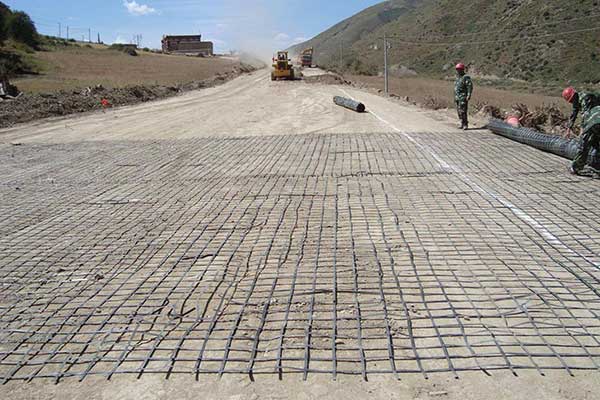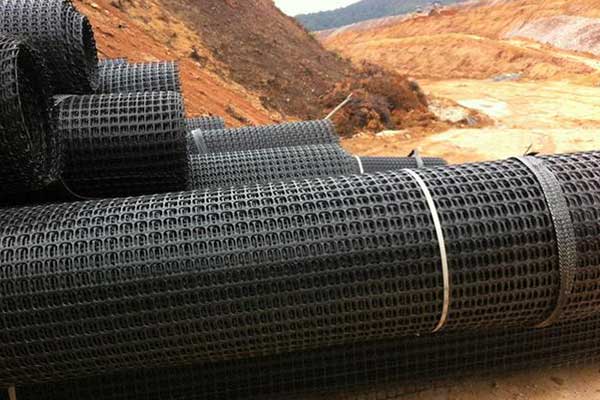What is Geogrid Used For?
In modern construction and infrastructure development, geogrids play a crucial role in reinforcing soil and enhancing ground stability. Whether you’re building roads, retaining walls, or embankments, geogrids provide the strength and durability needed to ensure long-lasting performance.
But what exactly is geogrid used for? Let’s explore the main applications, types, and benefits of using geogrid in construction projects.
What is a Geogrid?
A geogrid is a geosynthetic material made from polymers such as polypropylene or polyester. It consists of a grid-like structure with openings (called apertures) that allow soil or aggregate to interlock with the material, creating a strong and stable base.

Main Uses of Geogrid
1. Soil Reinforcement
One of the most common uses of geogrid is to reinforce weak or unstable soil. It helps prevent shifting, cracking, and sinking, especially in areas with soft subgrades.
2. Road and Pavement Construction
Geogrids are used in roadways and highways to:
- Increase load-bearing capacity
- Reduce rutting and cracking
- Extend pavement life
By reinforcing the subbase, geogrids minimize the need for thick aggregate layers, resulting in cost savings.
3. Retaining Wall Stabilization
In retaining walls, geogrids act as soil reinforcements behind the wall structure. They distribute lateral forces and prevent wall failure, allowing for taller and more cost-efficient wall designs.
4. Embankment and Slope Stability
Geogrids provide additional strength and stability to slopes and embankments, preventing landslides and erosion. They are commonly used in hilly or flood-prone regions.
5. Railway Track Support
Under railway tracks, geogrids help distribute loads from trains, reduce track settlement, and maintain alignment over time.
6. Foundation Support
Geogrids improve the performance of foundations by stabilizing the ground under structures like buildings, bridges, and storage tanks.

Types of Geogrids
There are some types of geogrids, each suited for different applications:
- Uniaxial Geogrid: Strong in one direction, ideal for retaining walls and slope reinforcement.
- Biaxial Geogrid: Provides strength in two directions, commonly used in road construction.
- Fiberglass Geogrid: High tensile strength and excellent resistance to high temperatures, commonly used for asphalt reinforcement and preventing reflective cracking in roadways.
Why Use Geogrid?
Using geogrid in construction projects offers several advantages:
- Enhanced Load Distribution: Reduces pressure on weak soils and spreads loads evenly.
- Improved Project Lifespan: Increases the durability of roads, walls, and embankments.
- Reduced Material Costs: Requires less aggregate and soil fill, leading to cost savings.
- Eco-Friendly: Minimizes the environmental footprint by reducing excavation and material usage.
- Versatility: Suitable for a wide range of soil types and applications.
Final Thoughts
Geogrids are essential tools in modern civil engineering. From reinforcing soil to supporting roads and retaining walls, they provide a reliable and cost-effective solution for ground stabilization. If you’re planning a construction or infrastructure project, incorporating geogrid technology can greatly enhance performance and longevity.
